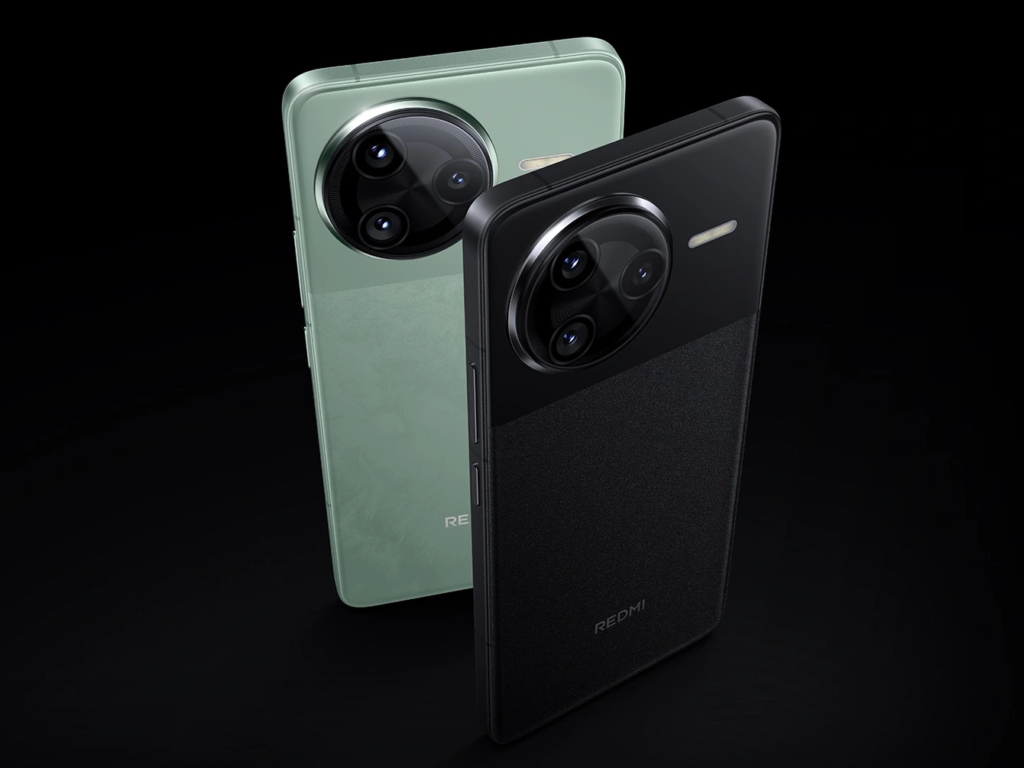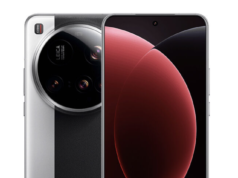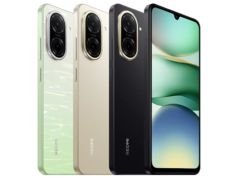The Vivo S20 Pro and Redmi K80 Pro are the most recent entries to the premium category, and the smartphone industry is always changing with new and amazing gadgets. These gadgets, which were introduced in China, have distinct advantages in terms of display, performance, camera capabilities, and other areas, and they address various goals. To assist you choose the gadget that best meets your needs, here is a detailed comparison.
Display and Build Quality: Immersive Screens in Different Forms
The Vivo S20 Pro has a 6.67-inch, 1.5K AMOLED quad-curved screen. It can achieve an impressive peak brightness of 5000 nits, supports HDR10+, and has a refresh rate of 120 Hz. It provides true color and has 2160Hz PWM dimming to lessen eye strain thanks to BOE’s cutting-edge Q10 screen. The phone weighs 193 grams and has a thin, light design, measuring only 7.43 mm thick.

In contrast, the Redmi K80 Pro features a 6.67-inch 2K AMOLED flat screen that was created in partnership with TCL. For vivid images, it also supports 12-bit color, Dolby Vision, and HDR10+. Its peak brightness reaches 3200 nits, slightly lower than the Vivo S20 Pro. However, the Redmi K80 Pro gains an edge with its IP68+IP69 certifications for water and dust resistance. It is sturdier but heavier, measuring 8.39mm thick and weighing 212 grams.
The Redmi K80 Pro is more durable and hence better suited for consumers in tough conditions, even though the Vivo S20 Pro is superior in terms of brightness and immersive curves.
Design: Aesthetic Versatility vs. Rugged Elegance
With sophisticated colors like Phoenix Feather Gold, Purple Air from the East, Jade Dew White, and Pine Smoke Ink, the Vivo S20 Pro is a visual delight. The phone has a high-end appearance and feel thanks to its finish, which combines sophisticated photolithography and embroidery.
The Redmi K80 Pro, on the other hand, has a metal frame and a high-end glass back for durability. A touch of luxury is added with the unique Automobili Lamborghini Squadra Corse Champion Edition, which is available in Snow Rock White, Mountain Green, and Mysterious Night Black.
While the Redmi K80 Pro focuses durability with a fashionable yet sturdy structure, the Vivo S20 Pro is more concerned with looks.
Performance: Powering Through Tasks with Ease
Vivo S20 Pro’s Anticipated Launch with 90W Charging Highlighted in 3C LeakThe Vivo S20 Pro runs on the MediaTek Dimensity 9300+ SoC, a 4nm chipset coupled with the Immortalis-G720 GPU. This combination delivers impressive performance, with the device achieving an AnTuTu score of 2.25 million points. It is equipped with 12GB or 16GB of LPDDR5X RAM and offers up to 512GB of UFS 3.1 storage.
In contrast, the Redmi K80 Pro boasts a D1 gaming processor for improved graphics and the most recent Snapdragon 8 Elite SoC. With up to 1TB of UFS 4.0 storage and 16GB of LPDDR5X RAM, it guarantees quicker data transfer rates. During prolonged usage, the phone’s sophisticated vapor-liquid cooling technology effectively manages heat thanks to its 5400mm² cooling area. Stable connection is also guaranteed by the T1S signal augmentation device.

The Redmi K80 Pro’s better chipset, sophisticated cooling system, and quicker storage give it the advantage for gaming and intensive multitasking.
Cameras: Sharp Shooters with Unique Strengths
Consistency among its three back cameras is emphasized by the Vivo S20 Pro. It has a 50MP Sony IMX921 OIS main sensor, a 50MP ultra-wide lens, and a 50MP periscope telephoto lens with CIPA4.5 stabilization and 3x optical zoom. A 50MP front camera with autofocus handles selfies, while Aura Light technology improves low-light photos.
A 50MP Light Fusion 800 sensor with both OIS and EIS is included with the Redmi K80 Pro to guarantee steady photos and movies. It offers versatility with its 50MP 2.5x floating telephoto lens and 32MP ultra-wide lens. The phone has Xiaomi AISP 2.0 for computational photography and enables 8K video recording. Its 20MP front camera is inferior than the Vivo S20 Pro, though.
The Redmi K80 Pro is superior in sophisticated image processing and video capabilities, while the Vivo S20 Pro offers balanced performance across all cameras.
Battery and Charging: Bigger and Faster vs. Efficient and Reliable
90W rapid charging is supported by the 5500mAh battery that powers the Vivo S20 Pro. Fast recharges and dependable power are guaranteed by this configuration.
But the Redmi K80 Pro goes above and beyond with a bigger 6000mAh battery. It offers speed and convenience with compatibility for both 50W wireless and 120W wired charging.
The Redmi K80 Pro provides a distinct advantage for those who value quick charging and a long battery life.

Software and Features: Intuitive Interfaces and Secure Experiences
The Vivo S20 Pro runs Android 15 with the OriginOS 5 interface, offering a smooth and customizable user experience. It includes an in-display optical fingerprint sensor and Hi-Res audio for immersive sound.
The Redmi K80 Pro operates on Xiaomi HyperOS 2.0, based on Android, which provides a clean and feature-rich interface. It features a 3D ultrasonic fingerprint sensor, offering faster and more accurate biometric authentication.
Both devices support modern connectivity options, including Wi-Fi 7, Bluetooth 5.4, and multiple navigation systems.
Pricing: Affordable Elegance vs. High-Powered Value
The 12GB + 256GB edition of the Vivo S20 Pro costs $469, while the 16GB + 512GB model costs $551.
The 12GB + 256GB model of the Redmi K80 Pro costs $510, while the 16GB + 1TB model costs $662. The cost of the Champion Edition is $690.
The Redmi K80 Pro offers better performance and features but at a slightly higher cost.
Picking the Right High-End Smartphone
The decision between the Redmi K80 Pro and the Vivo S20 Pro ultimately comes down to personal preferences. The Vivo S20 Pro is perfect for consumers who appreciate aesthetics and photography because of its distinctive elegant design, brighter display, and reliable camera performance.
On the other hand, the Redmi K80 Pro delivers superior performance, better cooling, and faster charging options, making it the better choice for gamers and power users. While it comes at a slightly higher price, its durability and advanced features make it a worthwhile investment for those who need raw power and reliability.
Both devices are designed for high-end consumers, but the choice ultimately comes down to whether you value performance and durability more than style and price.






